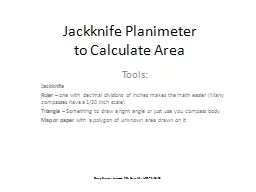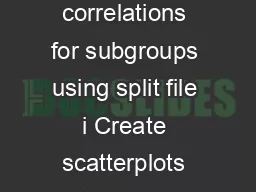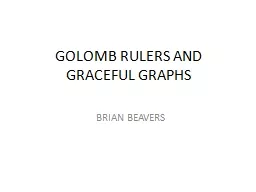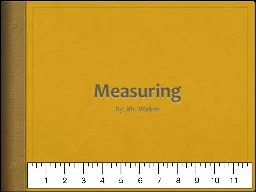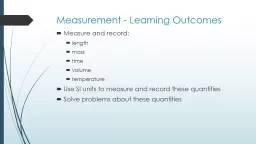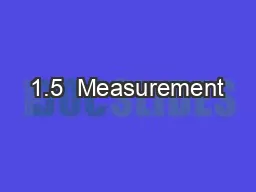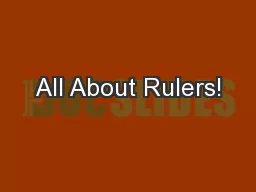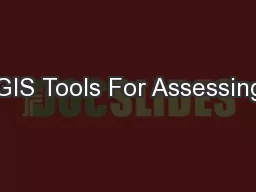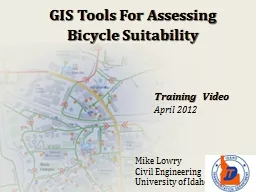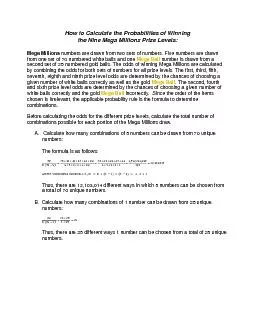PPT-Jackknife Planimeter to Calculate Area Tools: Jackknife Ruler
Author : jane-oiler | Published Date : 2019-10-31
Jackknife Planimeter to Calculate Area Tools Jackknife Ruler one with decimal divisions of inches makes the math easier Many compasses have a 120 inch scale
Presentation Embed Code
Download Presentation
Download Presentation The PPT/PDF document "Jackknife Planimeter to Calculate Are..." is the property of its rightful owner. Permission is granted to download and print the materials on this website for personal, non-commercial use only, and to display it on your personal computer provided you do not modify the materials and that you retain all copyright notices contained in the materials. By downloading content from our website, you accept the terms of this agreement.
Jackknife Planimeter to Calculate Area Tools: Jackknife Ruler: Transcript
Download Rules Of Document
"Jackknife Planimeter to Calculate Area Tools: Jackknife Ruler"The content belongs to its owner. You may download and print it for personal use, without modification, and keep all copyright notices. By downloading, you agree to these terms.
Related Documents

